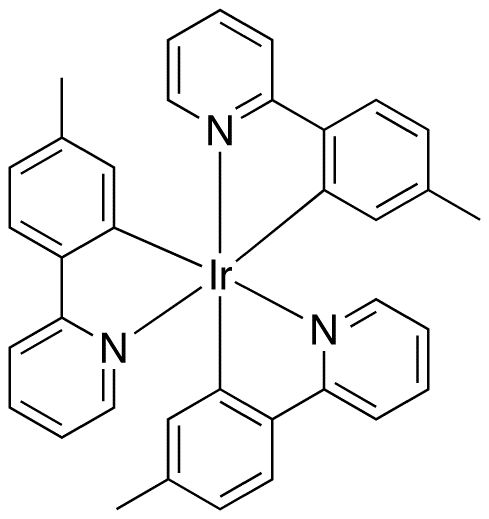Display technologies have come a long way over the past 100 years. What is it that makes many of our modern smartphone and TV displays look so amazing? Behind them are the efforts and breakthroughs of both chemists and material scientists alike. One such breakthrough, the invention of OLED (Organic Light-Emitting Diode) technology in 1987, is seeing increasing popularity for its low power demands and physical flexibility.
However, the materials needed for OLED displays are costly, and environmentally unsustainable. For example, the green pixels in many smartphone displays are made from iridium. As a rare earth metal, iridium is very expensive (approximately 45000 USD per kilogram). With this in mind, the discovery of new low-cost materials could open economically favourable avenues for OLED technologies.
Chemists at the University of British Columbia are steadily researching new materials to meet the economic and environmental demands of industry. We had the opportunity to sit down with Dr. Christopher Brown, a post-doctoral researcher in UBC’s Wolf Research Group, to discuss his recent discovery of a tuneable light-emitting copper-based compound. This compound exhibits a property known as thermochromic emission: it emits different colours of light in response to changes in temperature.

The liquid colour-changing crystal in a “mood ring” is one such example of a thermochromic material (source, available under public domain).
Dr. Brown observed that some copper compounds display noticeable changes in colour in response to temperature when exposed to UV light (like that produced by the sun). Moreover, he hypothesized that the effect is the result of a change in the compound’s geometry. We have produced a video, and a podcast, to showcase Dr. Brown’s work (we recommend setting the video quality to 1080p).
Dr. Brown emphasizes that his discovery does not have immediate applications to OLED technology, as the emergence of thermochromism requires supercool temperatures (approximately -196 °C). Nevertheless, his contributions suggest that copper, as a low-cost material, may play a role in future OLED applications.
– Nelson Bulaun, Angela Wei, Sarah Choi, Eric Easthope
We are deeply grateful to Dr. Christopher Brown for sharing his work with us.




